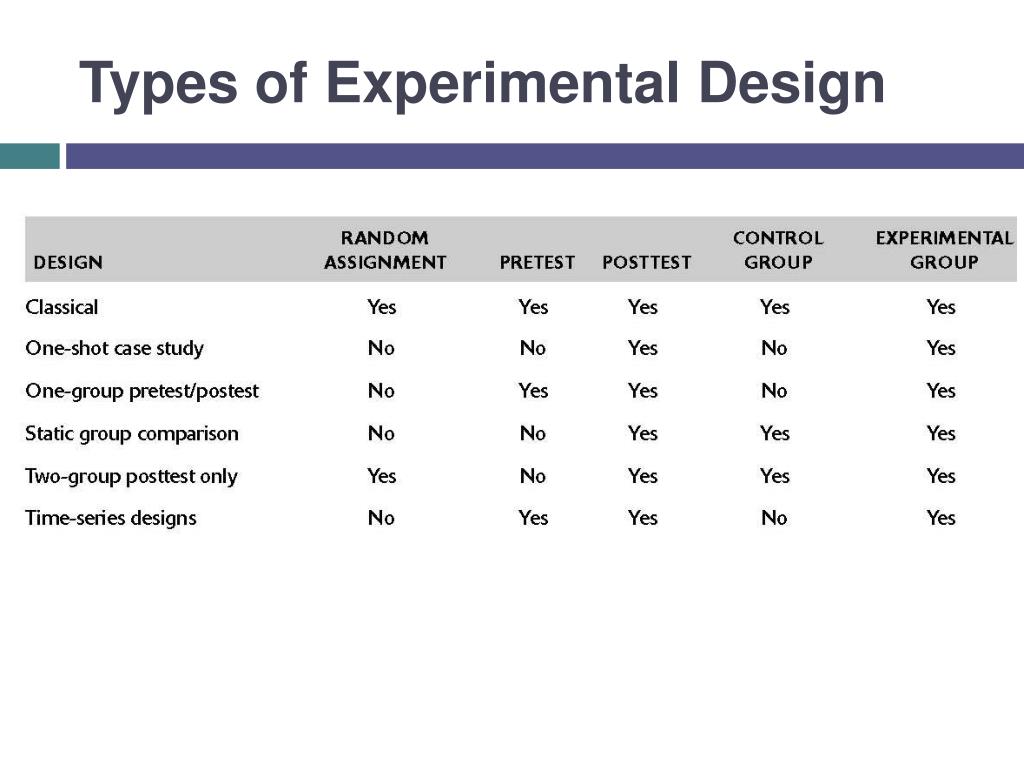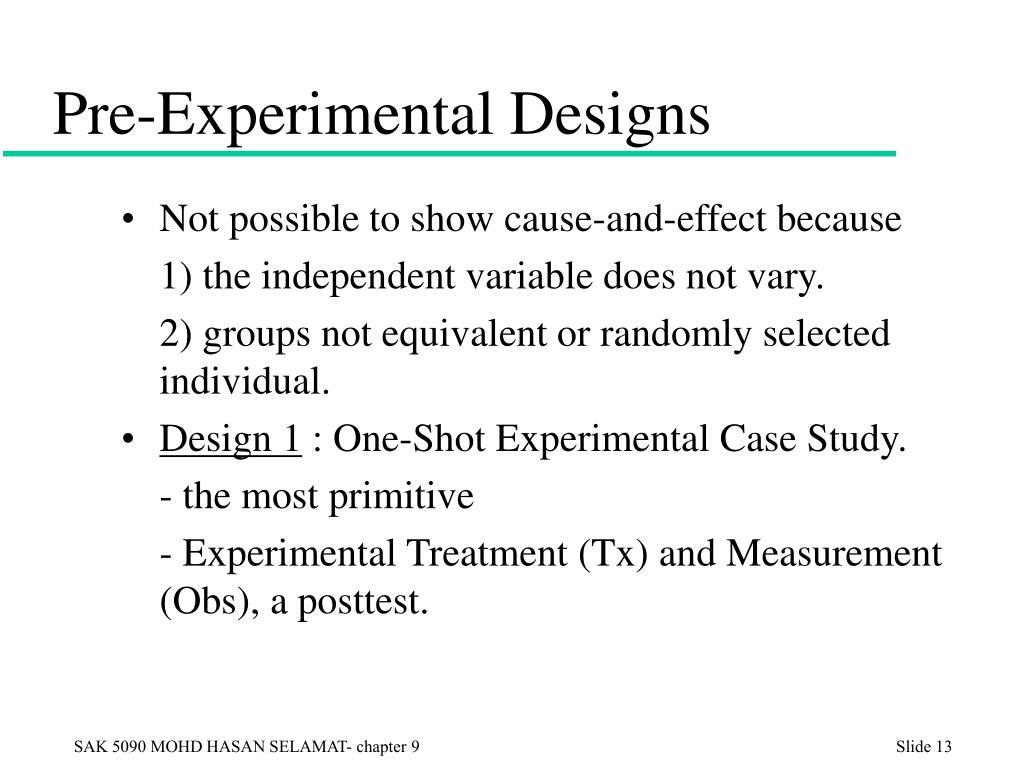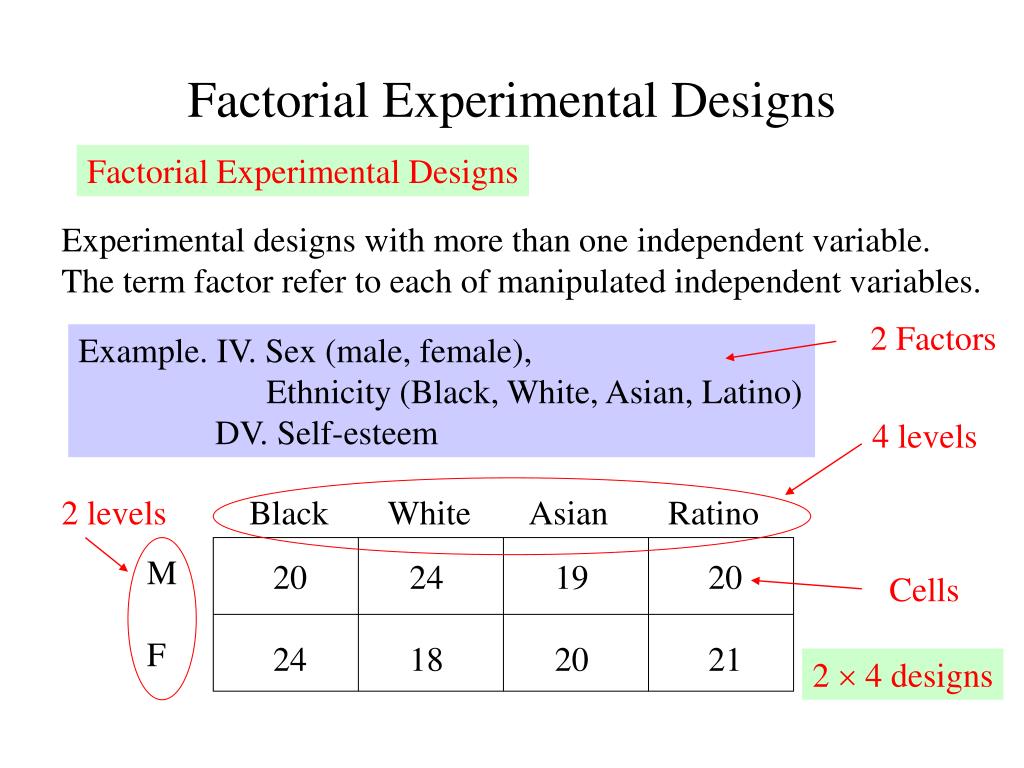19+ Experimental Design Examples Methods + Types
Table Of Content

For instance, maybe a new study drug works really well for young people but not so great for older adults. A factorial design could reveal that age is a crucial factor, something you might miss if you only studied the drug's effectiveness in general. It's like being a detective who looks for clues not just in one room but throughout the entire house. Researchers were grappling with real-world problems that didn't fit neatly into a laboratory setting. Plus, as society became more aware of ethical considerations, the need for flexible designs increased. So, the quasi-experimental approach was like a breath of fresh air for scientists wanting to study complex issues without a laundry list of restrictions.
3 Statistical analysis
Power and optimal study design in iPSC-based brain disease modelling Molecular Psychiatry - Nature.com
Power and optimal study design in iPSC-based brain disease modelling Molecular Psychiatry.
Posted: Wed, 16 Nov 2022 08:00:00 GMT [source]
You should anticipate and incorporate those limitations into your conclusion, as well as the basic research design. Include a statement in your manuscript about any perceived limitations, and how you considered them while designing your experiment and drawing the conclusion. The research problem statement must be clear and to do that, you must set the framework for the development of research questions that address the core problems.
Frequently asked questions about experimental design
Create your experimental design with a simple Python command by Tirthajyoti Sarkar - Towards Data Science
Create your experimental design with a simple Python command by Tirthajyoti Sarkar.
Posted: Wed, 04 Jul 2018 02:31:34 GMT [source]
It involves carefully designing an experiment that can test the hypothesis, and controlling for other variables that may influence the results. Typically, the researcher designs the treatment and randomly assigns subjects to control and treatment groups. The subjects were observed for a year, and the number of seizures for each subject was recorded. Identify the explanatory variable (independent variable), response variable (dependent variable), and include the experimental units. In a within-subjects design (also known as a repeated measures design), every individual receives each of the experimental treatments consecutively, and their responses to each treatment are measured.
Formplus - For Seamless Data Collection
The explanatory variable is whether the subject received either no treatment or a high dose of vitamin C. The response variable is whether the subject had a seizure during the time of the study. The experimental units in this study are the subjects who recently had a seizure.
Main concerns in experimental design include the establishment of validity, reliability, and replicability. Related concerns include achieving appropriate levels of statistical power and sensitivity. Therefore, the quasi-experimental research bearing a resemblance to the true experimental research, but not the same. In quasi-experiments, the participants are not randomly assigned, and as such, they are used in settings where randomization is difficult or impossible. Experimental research is a scientific approach to research, where one or more independent variables are manipulated and applied to one or more dependent variables to measure their effect on the latter.
Evaluation of Teaching Method
If the differences between the two groups are higher than what we would expect to see naturally (by chance), we say that the results are statistically significant. A double-blind experiment is when both the subjects and investigator do not know who receives the placebo and who receives the treatment. A double-blind model is considered the best model for clinical trials as it eliminates the possibility of bias on the part of the researcher and the possibility of producing a placebo effect from the subject. How precisely you measure your dependent variable also affects the kinds of statistical analysis you can use on your data. Experimental design means creating a set of procedures to systematically test a hypothesis. A good experimental design requires a strong understanding of the system you are studying.
Picture a soccer coach trying to create the most balanced teams for a friendly match. They wouldn't just randomly assign players; they'd take into account each player's skills, experience, and other traits. Bayesian Designs are highly valued in medical research, finance, environmental science, and even in Internet search algorithms.

For example, if it is surmised that a new medicine reduces the effects of illness from 72 hours to 71 hours, this would not be considered statistically significant. The difference from 72 hours to 71 hours is not substantial enough to support that the observed effect was due to something other than normal random variation. Okay, so using the example above, notice that one of the groups did not receive treatment. This group is called a control group and acts as a baseline to see how a new treatment differs from those who don’t receive treatment. Typically, the control group is given something called a placebo, a substance designed to resemble medicine but does not contain an active drug component. A placebo is a dummy treatment, and should not have a physical effect on a person.
Imagine coordinating a four-way intersection with lots of cars coming from all directions—you've got to make sure everything runs smoothly, or you'll end up with a traffic jam. Similarly, researchers need to carefully plan how they'll measure and analyze all the different variables. In Factorial Design, researchers are not satisfied with just studying one independent variable. Nope, they want to study two or more at the same time to see how they interact. In real life, it's often not possible or ethical to randomly assign people to different groups, especially when dealing with sensitive topics like education or social issues.
Data collection methods in experimental research are the different ways in which data can be collected for experimental research. They are used in different cases, depending on the type of research being carried out. Here, the subject is the employee, while the treatment is the training conducted.
The beauty of Meta-Analysis is that it can provide really strong evidence. Instead of relying on one study, you're looking at the whole landscape of research on a topic. If other designs are all about creating new research, Meta-Analysis is about gathering up everyone else's research, sorting it, and figuring out what it all means when you put it together.
You wouldn't just stick to your old plan; you'd adapt and change your approach, right? One famous use of Pretest-Posttest Design is in evaluating the effectiveness of driver's education courses. Researchers will measure people's driving skills before and after the course to see if they've improved. If our lineup of research designs were like players on a basketball court, Multivariate Design would be the player dribbling, passing, and shooting all at once. This design doesn't just look at one or two things; it looks at several variables simultaneously to see how they interact and affect each other.

Field Experiments are widely used in economics, psychology, education, and public policy. This experiment had a big impact on how cities think about crime prevention. On the flip side, if the drug is showing promising results, the trial might be expanded to include more participants or to extend the testing period. This allows for a more efficient use of resources, as you're only continuing with the experiment if the data suggests it's worth doing so. Imagine you're playing a video game where you can choose different paths. If you take one path and find a treasure chest, you might decide to continue in that direction.
Experimental research contains dependent, independent and extraneous variables. The dependent variables are the variables being treated or manipulated and are sometimes called the subject of the research. In this type of experimental study, only one dependent group or variable is considered. The study is carried out after some treatment which was presumed to cause change, making it a posttest study.
Komentar
Posting Komentar